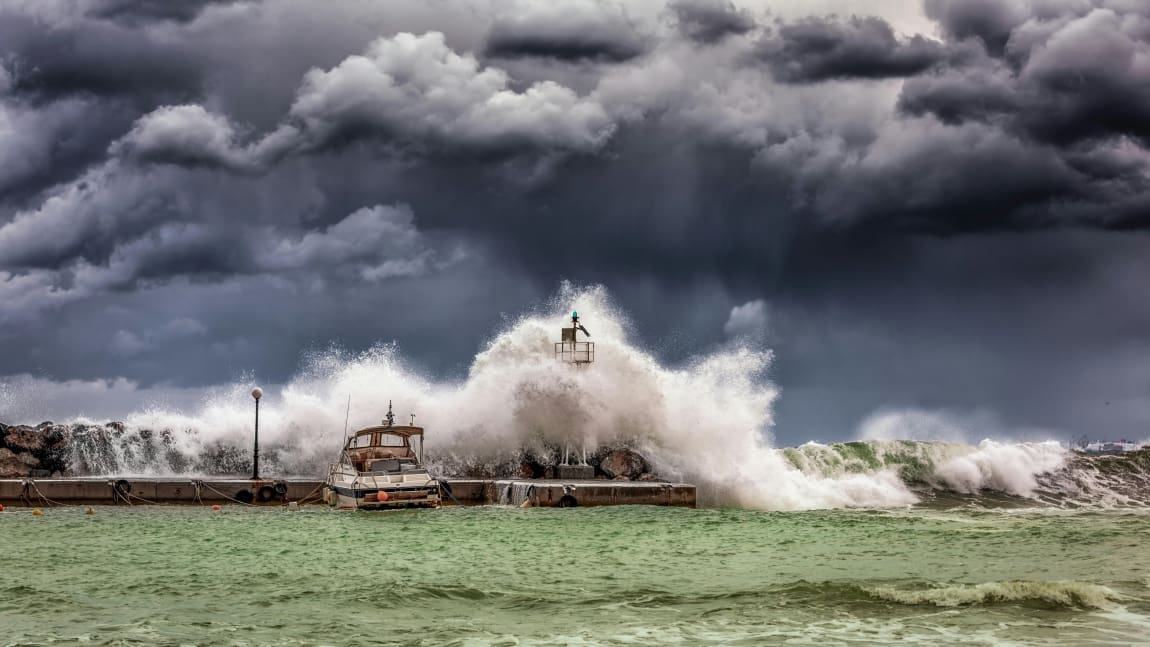By Lucie AUBOURG | AFP
Washington, United States (UPDATED) – The North Atlantic hurricane season, which starts on June 1, is forecast to be “extraordinary,” with up to seven storms of Category 3 or higher expected, the US NOAA weather agency said Thursday.
Category 3 hurricanes pack wind speeds over 111 miles (178 kilometers) an hour and wreak devastating damage on houses, uproot trees and often cut off electricity and water for days or even weeks.
“This season is looking to be an extraordinary one in a number of ways,” said Rick Spinrad of the National Oceanic and Atmospheric Administration, which cited warm Atlantic ocean temperatures and conditions related to the La Nina weather phenomenon in the Pacific for the expected increase in storms.
It said human-caused climate change was warming oceans and melting ice on land, leading to sea level rises that worsen storm surges.
“The forecast for named storms — hurricanes and major hurricanes — is the highest NOAA has ever issued for the May outlook,” Spinrad said. “It only takes one storm to devastate a community.”
According to the agency, between 17 and 25 named storms in total could develop with winds over 39 miles per hour, including eight to 13 forecast to reach hurricane strength.
“It’s reason to be concerned of course, but not alarmed,” said National Weather Service director Ken Graham, as he urged Americans to prepare for the potential arrival of a storm.
The Saffir-Simpson wind scale designates Category 1 hurricanes as having wind speeds at least 74 miles per hour, up to Category 5 storms with winds of 157 mph or higher.
The North Atlantic hurricane season runs from early June to late November.
Oceanic heat in the tropical Atlantic Ocean and Caribbean Sea creates more energy to fuel stronger storms, which can be devastating in both human and material terms, particularly in the US South.
Hurricane Ian, which struck Florida in September 2022, caused 152 deaths and losses worth $112.9 billion.
Scientists are warning of exceptional heat build-up in the Atlantic in recent months, a condition that is also harmful to coral.
La Nina in the Pacific generally fuels a more intense hurricane season in the Atlantic, and the chance of La Nina forming between August and October is about 77 percent, Spinrad said.
The opposing weather phenomenon El Nino was present last year, and tended to moderate hurricane activity in the North Atlantic.
Astrid Caldas, a senior climate scientist at the Union for Concerned Scientists, said coastal communities must be on guard.
“The fun-filled summer season has increasingly become a time of dread for the dangers that await,” she said. “Reining in heat-trapping emissions driving the climate crisis is… essential.”
la-mlm/bgs
© Agence France-Presse
Featured image credit: George Desipris | Pexels




